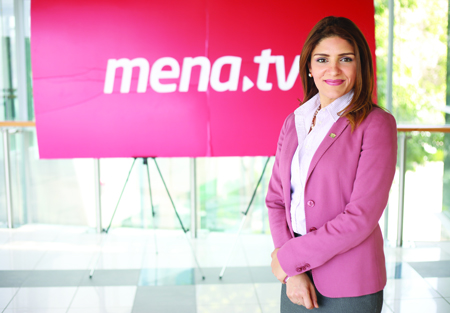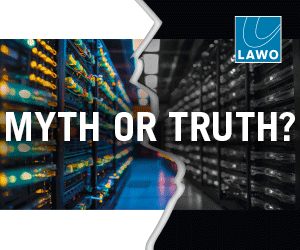The Ramadan TV phenomenon is unique to the MENA region, where a typical TV viewer tunes into their favourite drama, switches channels during the ad break and catches the same drama on at least two other channels.
 The Ramadan TV phenomenon is unique to the MENA region, where a typical TV viewer tunes into their favourite drama, switches channels during the ad break and catches the same drama on at least two other channels.
The Ramadan TV phenomenon is unique to the MENA region, where a typical TV viewer tunes into their favourite drama, switches channels during the ad break and catches the same drama on at least two other channels.
A total of 1,527 hours of Arabic language series based on all regional dialects was produced this year for Ramadan viewing. There are more than one thousand channels on Nilesat alone, most of which rely on this time of year for a spike in ratings.
Based on ChannelSculptors research, there was a 163% increase in viewership during the first six days of Ramadan in the new areas of Dubai, with general entertainment and series channels recording the highest jump in viewership minutes. The same trend extends to internet delivery: an Egyptian Ramadan drama on YouTube typically records from three to 60m views.
Why are broadcasters buying the same shows for Ramadan? Is it a case of insufficient supply or does the issue lie with the high cost of production?
If we group Ramadan 2017 series productions by language across all genres, 56% of the series produced are Egyptian. 23% come from the Levant, 20% are Khaleeji/Gulf, and the remainder are mixed dialects or in classical Arabic. A quarter of the Egyptian productions were commissioned to Synergy Media, and a similar proportion of all Khaleeji productions was commissioned to Sabbah Pictures. Levant series, this Ramadan, came from a variety of production companies, with Eagle Films, Shamyana, and Golden Line taking the lead.
A popular title such as Beelink / Eagle Films La Totfee El Shams has been broadcast by at least seven different FTA channels. With the exception of MBC, who usually air a share of exclusive content every year, most FTA channels here work with the same production companies and share the same titles.
Spreading production costs amongst several broadcasters is the only way producers can recoup their very high Ramadan production costs. As a result, some interesting categorisations of territories, platforms, and time frames come into play, creating a rather complex framework of broadcasting rights.
For example, a drama series such as Al Zaibak is sold exclusively to ON TV for Egypt, but is also airing on other FTA channels such as Abu Dhabi TV. Both are FTA channels broadcasting across the whole MENA region, but with audiences predominantly in different territories.
Production companies are also using innovative ways to create more value for their assets. While some have non-exclusive policies all around, others categorise exclusive and non-exclusive rights based on platforms and territories combined. A TV asset could be sold exclusively to an FTA broadcaster including digital rights, but also non-exclusively to multiple OTT platforms.
Who is the buyer? is the first question to answer when establishing the price of an asset. When it comes to pricing of the asset in Ramadan, the two most prominent factors that have an influence on the price seem to be the perceived audience size of the prospective buyer and the urgency of the deal (how many days left to the start of Ramadan).
So the more an asset is sold/ aired, the more visibility it gets and the more its being watched, right? Not necessarily. TouTube stats show that the Egyptian Ramadan drama with the most recorded views (exceeding 60m), is airing on only two channels. While linear TV viewership definitely increases during Ramadan, on-demand and OTT viewing cannot be ignored. Thats probably why iflix caught on the trend and is hosting Waklinha Wala, a popular Ramadan production exclusive for the first time ever on an OTT platform.
Theres a lot of great content out there, but its not always easy to find for newcomers. Content deals take place in an ad-hoc way, relying on personal contacts and experience. The MENA TV industry would benefit from greater transparency and easier ways for content buyers and new content producers to find each other. This would generate more sales, create more variety and help to establish clearer standards for content pricing.
Heba Korayem is Head of Broadcaster Relations at ChannelSculptor and Client Director for the mena.tv Content Hub.














































































